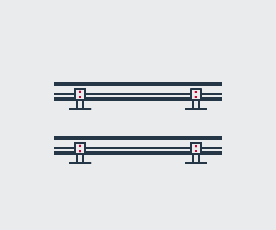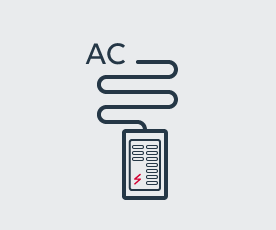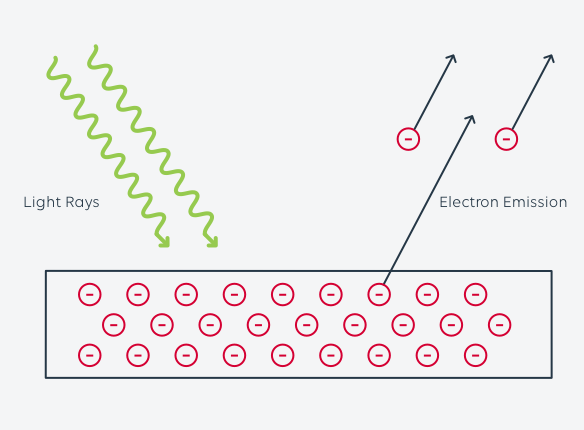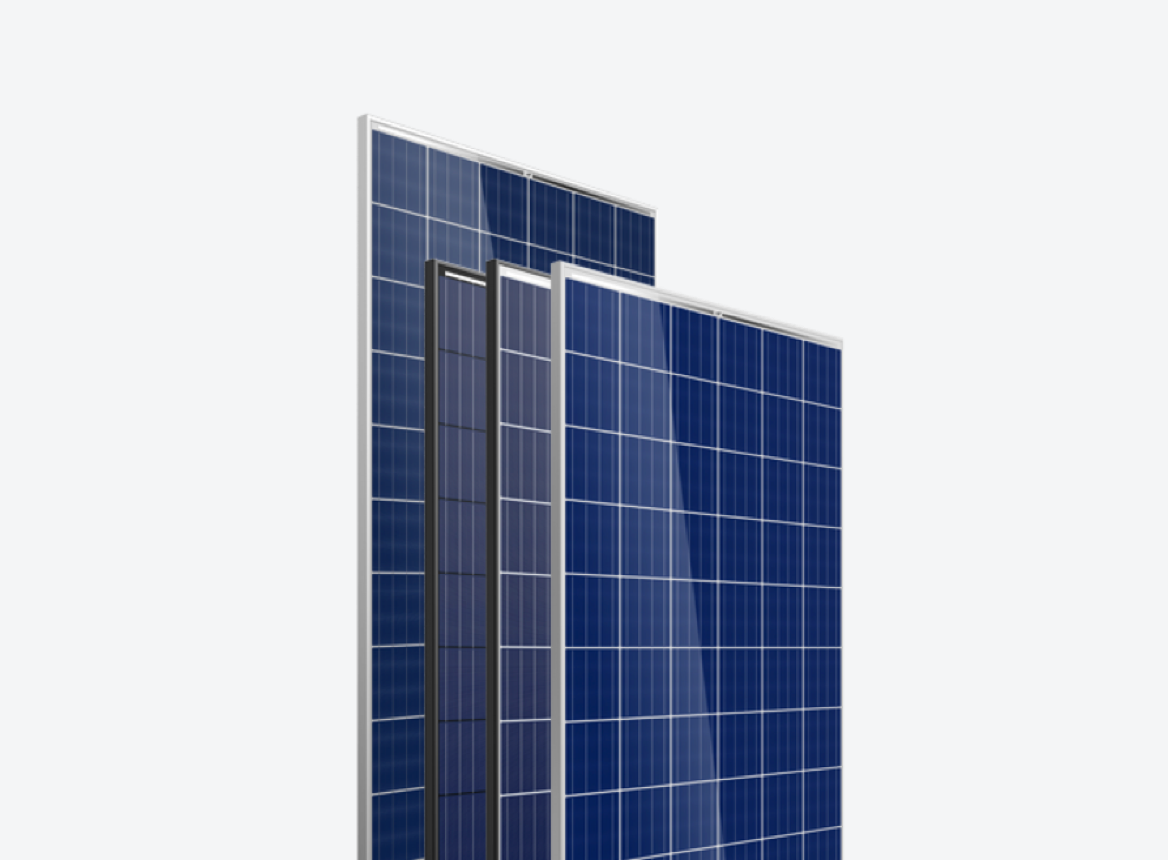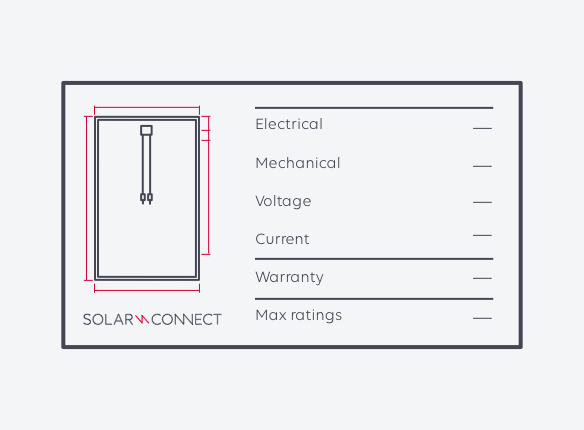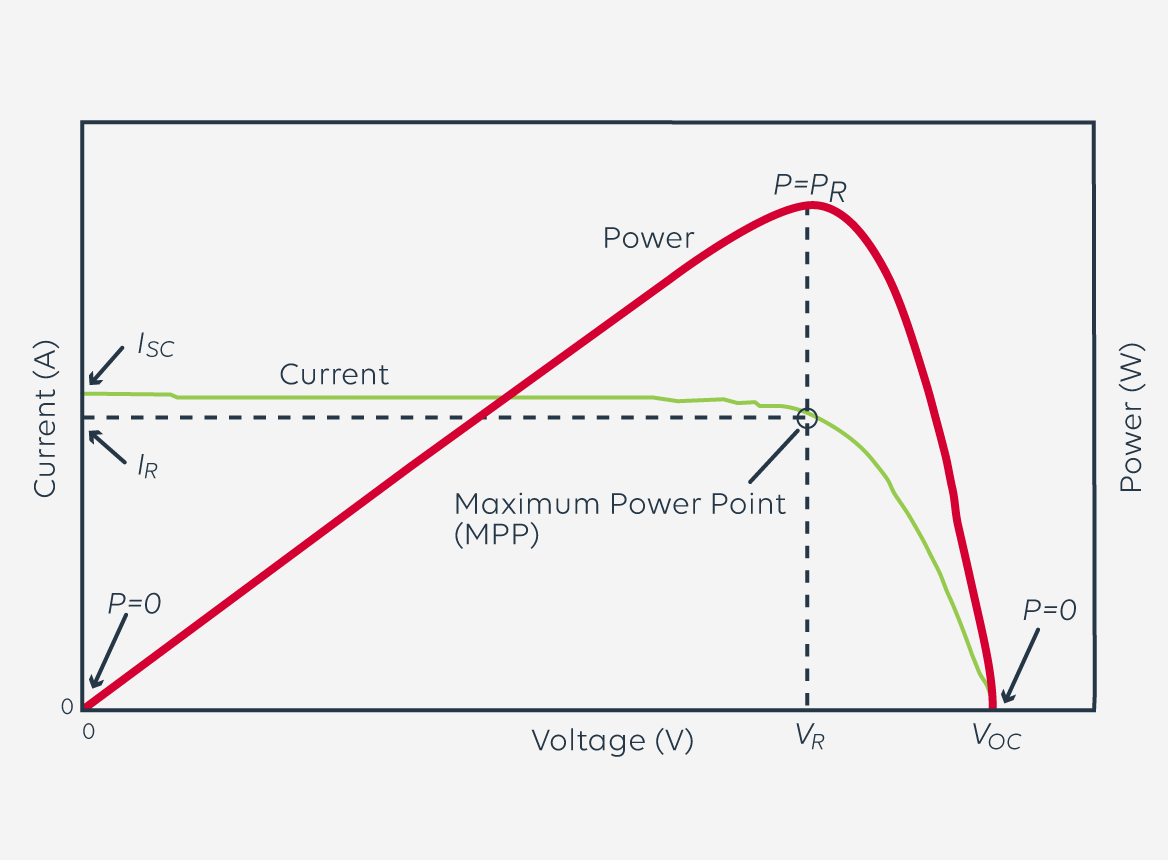Understand how the different solar system components connect
Solar PV Panels
—
Convert light into electricity. Solar photovoltaics (PVs) are energy generators.
Mounting System
—
Securely holds the solar PV panels in place on your roof. Transfers the load of the solar energy system to your underlying roof framing.
Inverters
—
Convert direct current (DC) electricity into alternating current (AC) electricity, which is what your home and the BC Hydro grid uses.
Electrical Wiring
—
Allows generated electricity to move into your home and connect to your home’s electrical panel.
How Solar Electricity Works
Light hits a solar PV panel and it releases electrons that we use in our homes as electricity.
The driving force to power PVs comes from the sun. The rate at which the surface of the Earth receives solar energy is about 6,000 times our total energy demand. A photovoltaic material is capable of converting the energy contained in photons of light into an electrical voltage and current. A photon with high enough energy will cause an electron in a photovoltaic material to break free of the atom that holds it. If an electric field is provided, those electrons are swept toward a metallic contact and moved through a wire as electric current.
Different Solar PV Materials
The most efficient and durable solar PV material is monocrystalline silicon (Mono-Si).
Solar PV panels use semiconductor materials to convert sunlight into electricity. The technology for doing so is closely related to the solid-state technologies used to make transistors, diodes and all other semiconductors devices. In fact, the starting point for most of the world’s PV devices is silicon. Other semiconductor materials, like Copper Indium Gallium Selenide (CIGS), Gallium Arsenide (GaAs), and Cadmium Telluride (CaTe), are also used in PVs. Compared to silicon, these other materials have some significant disadvantages including being more expensive, and in some cases, toxic to humans.
Solar Panel Specification Sheet
Also called datasheets, these are extremely important in the engineering and design of a system.
Depending on how interested you are in solar energy you may have checked out various solar PV panel specifications sheets. Every solar PV panel manufacturer will produce these sheets for each PV panel they make. Specification sheets are extremely important in the engineering and design of a system because they provide the following information on a particular PV panel:
Power
Temperature co-efficient
Chemical composition
Voltage range
Current range
Product Warranty
Power Warranty
Dimensions
I-V Generation Curve
Solar PV panels are made up of individual solar PV cells. Most of the panels that are used on homes will have either 60 PV cells or 72 PV cells. The model for PV cells provides insight into many elements that relate to solar energy system engineering and design. Elements like current (I) and voltage (V) allow engineers to calculate the maximum number of PV panels in a string and the amount of power produced by an array of PV panels. On every specification sheet, there is an I-V curve. A typical I-V curve for a 60-cell panel is shown.
A very important value for panels is the open-circuit voltage (VOC). The VOC is the voltage across terminals when the leads are left open (current is zero). The reason that it is so important is because it is a deciding factor in the calculation of panel string length. The I-V curve also includes the power output for the panel showing the maximum power point (MPP) where the combination of voltage and current for the panel is the highest. The MPP value of a solar PV panel is the peak power that each panel can produce and is key in calculating the size of a solar energy system.


